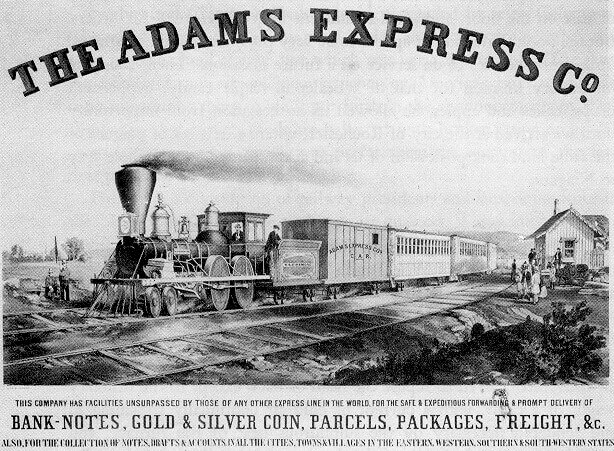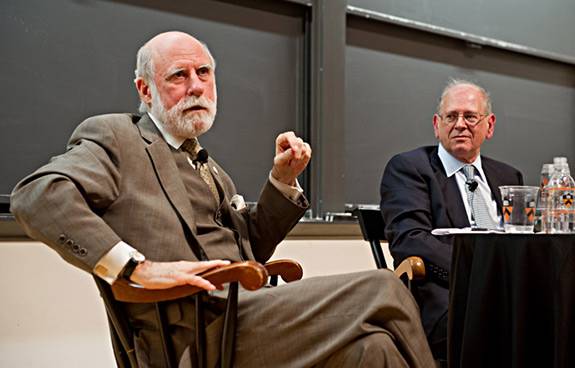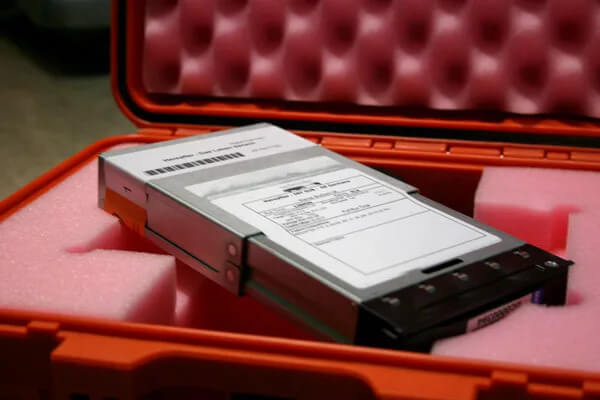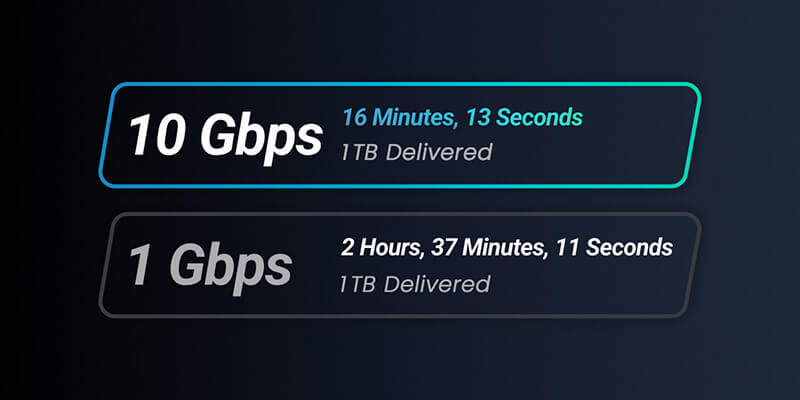200 years ago, a one-way trip from New York City to London, England required nearly three weeks aboard a transatlantic steamship – if you could afford passage, that is. Those who couldn’t had to settle for roughly a month and a half on a sweaty, cramped sailing ship.
Today, video professionals have the ability to whisk massive amounts of data across this same physical distance (or further) in mere hours, or even minutes.
It probably goes without saying, but video file transfer and film distribution haven’t always been this fast and efficient — not even close. From the days of reel boys hauling films cross-country by steam train to today’s accelerated digital solutions, the history of video file transfer is as rich as it is varied.
Let’s get rolling.
Looking For Large Video File Transfer?
Look no further than MASV. Send up to 15 TB per file at max speed, anywhere in the world.
Chapter 1: Early Days
Early 1890s: Creators typically sell non-refundable reels directly to exhibitors for around US$25 apiece. Domestic transportation options at this time are mostly limited to express companies who deliver goods on private rail networks, like this one, or steamships able to traverse the country’s many navigable rivers.

1896: One of the first film rental offices is founded in New York City by Percy L. Waters. Because most reels can only hold around 10 minutes’ worth of film – equivalent to about 1,000 feet – content at this time is generally quite short. Longer films requiring multiple reels will soon become more popular, but at a cost, as the average multi-reel film weighs approximately 60 lbs.
1900: The New York Film Exchange, one of the world’s first film exchanges – businesses that buy and rent reels – is founded. Within five years or so other film exchanges opened across the U.S. in cities such as Chicago and Boston.
1901: Biograph Co., one of the most popular early film studios and reel distributors, offers exhibitors an eight-week contract for $105/week that includes transportation charges, a projector, a projectionist, and films.
1902: The Miles Brothers, known as “pioneers” of American cinema, set up their first film exchange in San Francisco. They soon expand their operation to New York City.
1906: Chicago evolves into the most important film distribution center in the U.S., with two-thirds of all American movies distributed here.
Chapter 2: The Film Exchange Era
1908: Film exchanges begin coming into their own, with Chicago boasting 18 such operations and NYC not far behind. Exchanges typically buy reels from film production companies for a certain price per foot of film, then rent the reels to cinemas. The exchanges partner with express delivery companies to physically move the reels, often using so-called “reel boys” who physically ride with the reels during transport.
1910: A small number of film exchanges begin delivering reels directly to cinemas by automobile. The Universal film exchange in Boston buys a fleet of trucks to deliver films either directly to cinemas or to drop them off at piers or railway stations for delivery to farther-flung locations.
1910: The first door-to-door film delivery service pops up in Philadelphia, with staff packing up reels early each morning and chauffeurs driving a purpose-built truck to deliver the goods. Reels are arranged by street name to ensure smooth deliveries.
1917: The first reel is delivered by air via a double-seated biplane – which sounds a bit like an old movie in itself, don’t you think? The film is The Tar Heel Warrior, sent by Buffalo’s Triangle film exchange to an exhibitor in Rochester, NY.
Chapter 3: The Rise of Communication Protocols
1970s: While rail is the predominant method of shipping reels long distances throughout the interwar and postwar eras, this begins to change in the late 1970s thanks to the growing impact of air freight operations. Air travel speeds up the physical delivery of film stock and finished movies exponentially.
1974: The Transmission Control Protocol (TCP), a popular data exchange protocol optimized for fast and accurate delivery of digital data, is designed by Vint Cerf and Bob Kahn.

Vincent Cerf (left) and Robert Kahn (right) speak at Princeton University
1978: In an encouraging sign of things to come, a user of the Chicago Area Computer Hobbyists’ Exchange (CACHE) creates the first-ever digital bulletin board. Computer users – admittedly, a miniscule number at this time – can use a recently-developed file protocol called MODEM to send each other binary data files.
1980: In other digital development, Usenet – a (now legendary) online community that allows one of the earliest forms of file sharing – is established by Tom Truscott and Jim Ellis. The User Datagram Protocol (UDP), a popular file transfer protocol, is also designed in 1980.
1985: The File Transfer Protocol (FTP), a new and more efficient way to share files, is standardized.
Fast, Easy, and Secure Media Delivery
See why MASV large file transfer is trusted by media professionals around the world.
Chapter 4: The Digital Revolution
1996: Digital cameras are now a thing. Windhorse, the first all-digital feature film in history, is produced. It’s the beginning of the digital revolution in filmmaking, film distribution, and video file transfer, and Star Wars Episode I will be one of the first digital films released to major cinemas three years later.
Early 2000s: The first UDP-based file transfer solutions, such as Signiant and Aspera, come online (typically for the transfer of large code bases and similar datasets). Popular FTP services such as FileZilla also arrive on the scene.
2004: The BitTorrent protocol, a P2P file sharing protocol that harnesses the power of multiple computers on a network, is designed by Bram Cohen and quickly becomes one of the fastest ways to transfer large files over the internet.
2005: The rollout of digital cinema begins picking up serious momentum after Digital Cinema Initiatives (DCI) releases its first Digital Cinema Technical Specification. The delivery of files on digital cinema packages (DCPs) – a collection of digital files on hard drives – rapidly begins to overtake that of film stock.
While early efforts at shipping hard drives was at times spotty thanks to the punishing nature of shipping sensitive gear, the adoption of heavy-duty drives previously used for government and military applications soon becomes standard. For security, only holders of a private key (such as a cinema operator) can decrypt these drives, which are returned to distributors after use.

A digital cinema package. Source: Digital Cinema Mastering
Late 2000s: Consumer-grade, cloud-based file-sharing services such as Dropbox and iCloud come online. Although such solutions have very restrictive file size limits – especially for video professionals who need to move large files quickly and reliably. They’re more often a popular choice for sharing smaller video files.
Chapter 5: A Look Ahead
2019: Apple is granted a patent to facilitate super-fast communications between devices using optical data transfer…otherwise known as a ‘laser’ 🦈. The patent claims to transfer terabits of data per second but many skeptics question its use-case and effectiveness — since lasers need a direct line of sight between two device sensors (within close proximity).
2020: MASV introduces an automation to transfer digital video content without any human intervention. Desktop folders can be configured to automatically upload or download files to streamline repeatable tasks.
2022: MASV launches support for 10Gbps file transfers, which leverages multi-gig connections enabled by next-generation fiber-optic internet services; a feat not possible by other cloud-native file transfer solutions up until this point. With 10 gigabit transfer speeds, a one terabyte file would send in just 16 minutes, drastically reducing the turnaround time for delivery.

2028: Network-attached storage (NAS) growth is expected to reach $91.23 billion in market potential as a way for video professionals to sync, share, and access media files from a remote location.
MASV: Video File Transfer Made Easy
Indeed, video file transfer has come a long, long way since the express companies of yesterday. Since then, the heavy 60-pound film reels have been replaced with heavy digital file sizes — and MASV is the best large file transfer tool to send raw and high-resolutin 4K+ video footage between clients and collaborators.
With MASV, filmmakers, creators, and other video professionals can quickly and securely share video content with anyone, anywhere.
Other file transfer solutions will impose data caps or choke transfer speeds. With MASV, there are no file size limits. There’s no need to chop up or compress video files before sharing. And those large video files ride on a dedicated network of 300+ global private servers at max speed.
Best of all, files sent through MASV are enterprise-grade secure file transfers and backed by the Trusted Partner Network; a security initiative spearheaded by the Motion Picture Association and the foremost authority in content protection for media & entertainment
Need to transfer a large file asap? No sweat—just sign up here and get 20 GBs of data transfer for free, with no commitment.
MASV File Transfer
Get 20 GB to use with the fastest, large file transfer service available today, MASV.